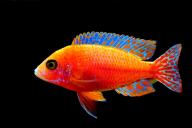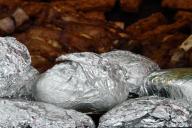If you're a cheese lover, then you probably know a few types of cheese you prefer the most, and can easily recognize them.
But if you want to understand different types of cheese like a real pro, then you might need a few tips to help you.
Here are a few tips that you might find quite useful.

Cheese Categories
Start by categorizing cheeses into five main groups:
- Fresh Cheeses: These are young, soft cheeses like mozzarella and goat cheese.
- Soft Cheeses: Creamy and often spreadable, including Brie and Camembert.
- Semi-Soft Cheeses: These have a bit more structure but are still fairly pliable, like Gouda and Havarti.
- Hard Cheeses: Aged and firm, such as Cheddar, Parmesan, and Gruyère.
- Blue Cheeses: Known for their distinct blue veins, like Roquefort and Stilton.
Appearance
Look at the cheese closely. Observe its color, texture, and any rind or mold.
For instance, Gouda has a pale yellow color and a waxed rind, while Camembert is creamy white with a white, edible mold.
Smell
Give the cheese a gentle sniff. Some cheeses have mild, buttery aromas, while others can be earthy, pungent, or even fruity.
Brie, for example, often has a rich, mushroom-like scent.
Texture
When touching the cheese, pay attention to its texture. Is it soft and creamy, like a goat cheese, or hard and crumbly, like Parmesan?
Understanding texture is a good clue for identifying cheese types.
Pairings
Explore what foods and beverages go well with a particular cheese.
For example, Brie pairs beautifully with apples, baguette, and white wine, while a sharp Cheddar is great with crackers and beer.
Knowing pairings enhances your appreciation of the cheese.
Conclusion
By following these detailed steps, you'll become more adept at identifying and enjoying different types of cheese like a true connoisseur.
It's a rewarding journey of taste and exploration!













